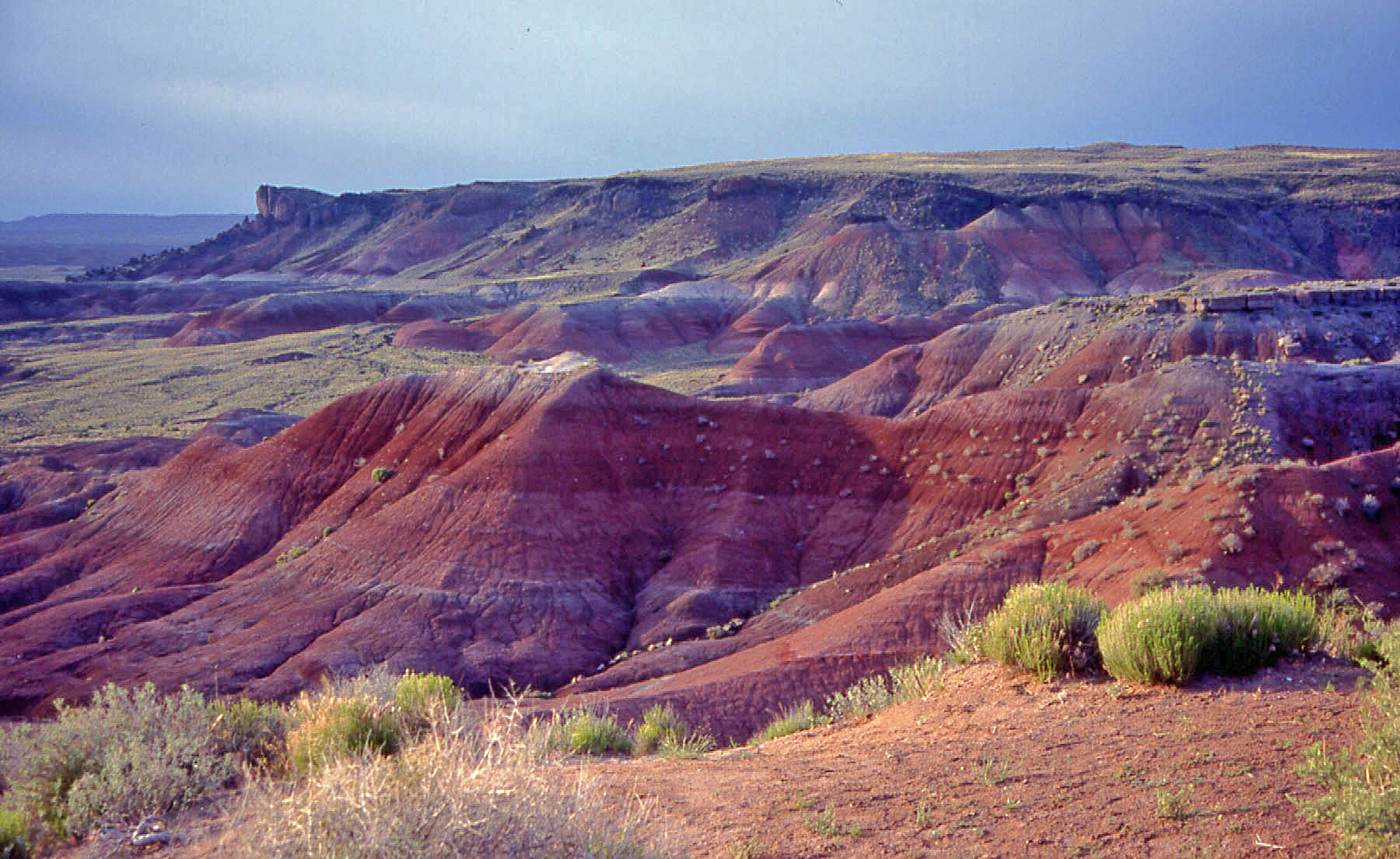Petrified Opal Tree Trunk, located in Arizona, around 225 million years old
Arizona is one of the American states that we appear to associate with warm, high winds and desert, the type of landscape that shrivels the skin and makes it a risky idea to stand in the sun.
It’s been the backdrop of a lot of western Hollywood, when people went west long ago to try their hand at silver mining and other entrepreneurial efforts. The independent high-rolling lifestyle of past and present American individualism is symbolic of Arizona.
It does not have a landscape that we associate with woods and wooded stretches, but Arizona was just that once many millions of years ago, and today is home to Petrified Forest National Park, in the north-eastern part of the state.
It is one of the world’s largest natural tourist attractions and a rich source of research materials for researcher. The park contains about 150 square miles of land and is more than 5,00 feet in elevation. Today, its vegetation consists mostly of desert plants, such as grasses and cacti.
It is hard to believe, however, that around 225 million years ago, Arizona abutted a sea on its western edge and was affected by ash spewing volcanoes.
Many of the trees that made up its forest became mired in soggy soil as the water receded, and remain there, buried deep down, out of the reach of air and microscopic creatures that could destroy it and cause it to rot.
For researchers, archaeologists and other specialists tried to analyse what the landscape once looked like, and how it evolved. Nowadays these trees, which are now petrified – practically dried up – are a great source of research material for scientists.
And it’s not just ancient, fossilised trees that scientists study; dinosaurs, lizards, and all types of other creatures that once roamed there are still found in the park’s earth. E ven crocodiles and snails were common there many centuries ago.
What’s inside them is especially curious about the fossilised, or petrified trees. There is opal in one trunk, a stone that we consider semi-precious, which makes beautiful jewellery and rings. Experts found this trunk loaded with lines of opal and this past spring, in March 2020, a striking and rare discovery even in this strangely bleak but beautiful place.
Wood petrifies when it sinks and remains in soggy ground. Minerals may penetrate through the sediment, but otherwise, there is a barrier to common causes of decay. Minerals access the wood because they are present in the groundwater in which it’s resting.
Eventually, all plant substances are replaced by minerals such as pyrite (commonly known as ‘Fools’ Gold,’) and silica. This latter material crystallised and eventually morphed into quartz. Over time, and with the addition of other minerals, the interiors of the wood have become a rainbow of colours that are strikingly beautiful.
Experts say—This national park is probably the world’s largest and most-visited petrified forest. It continues to deliver the same amazing collection of visual delights to experts and casual tourists, and is a perfect place to see, near and personal, what the landscape of Arizona once looked like and what its vegetation was like.
It is also an amazing reminder of how nature constantly works to continually change the environment, the forests and waters that we all assume have always been around us.
If you visit the park as a visitor or as an expert, to work or to tour its natural attractions, It provides a satisfying insight into how landscapes grow and change, how plants become fossils and the power of minerals to carve wood and turn it into something entirely new.

